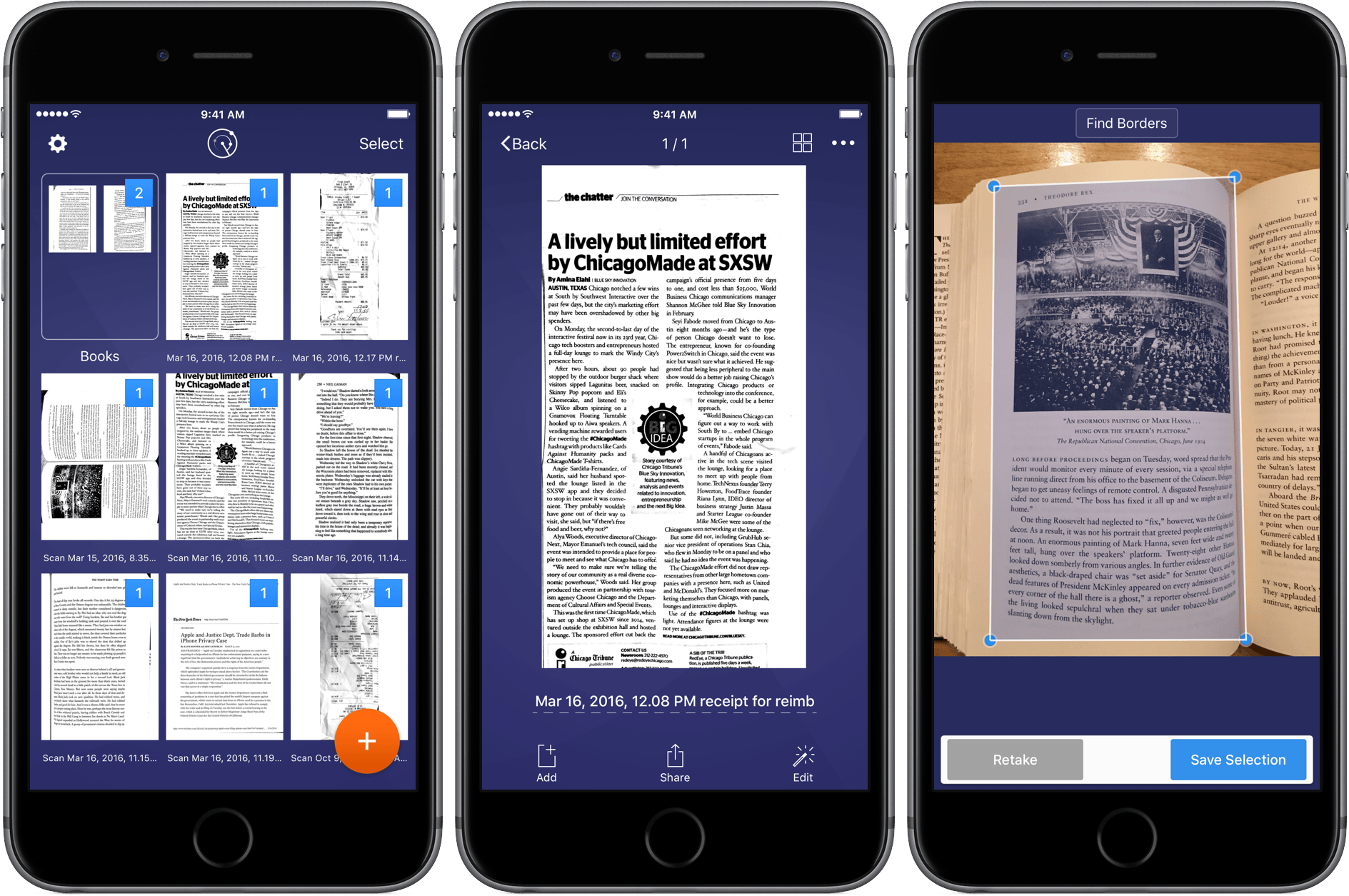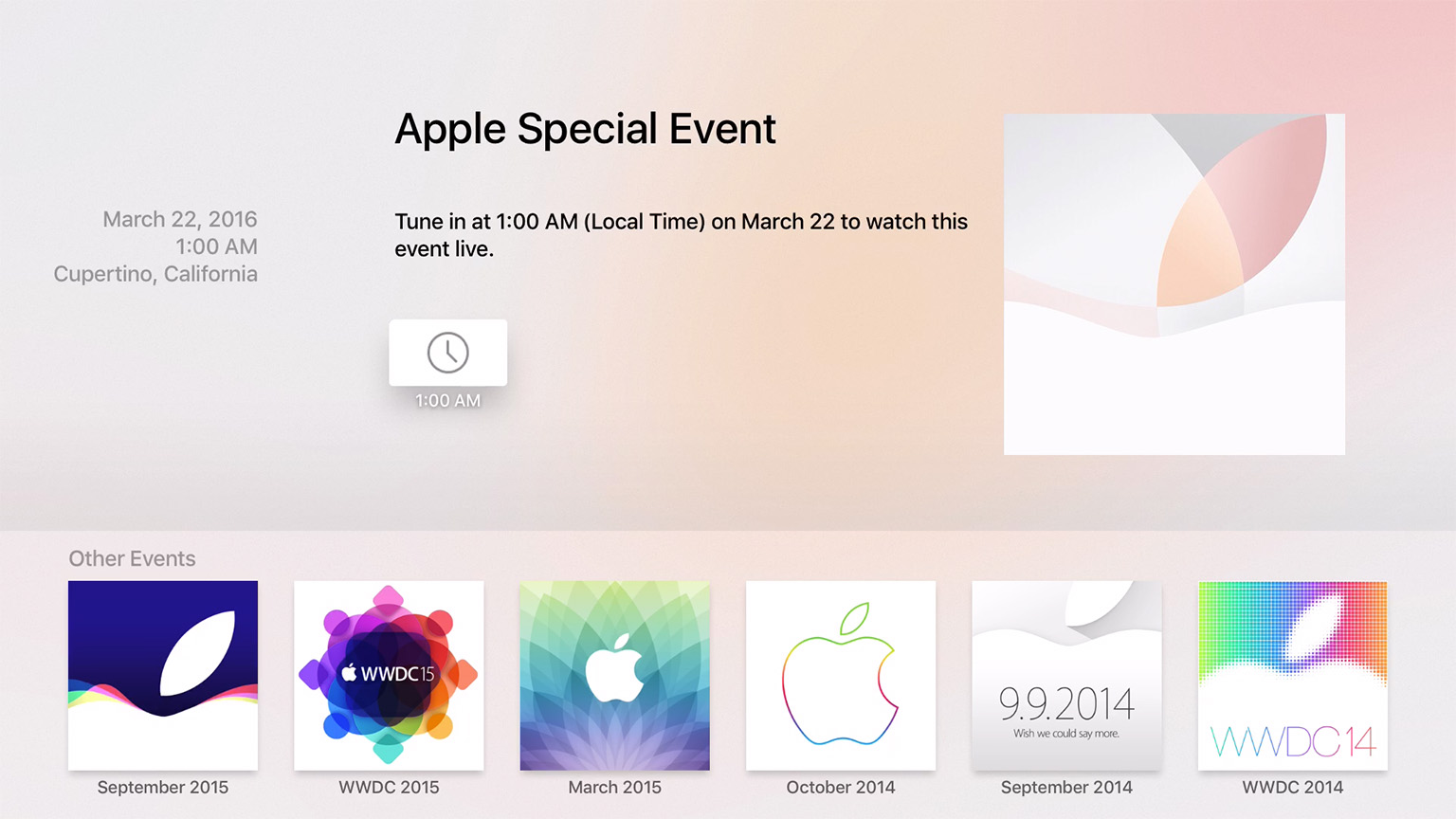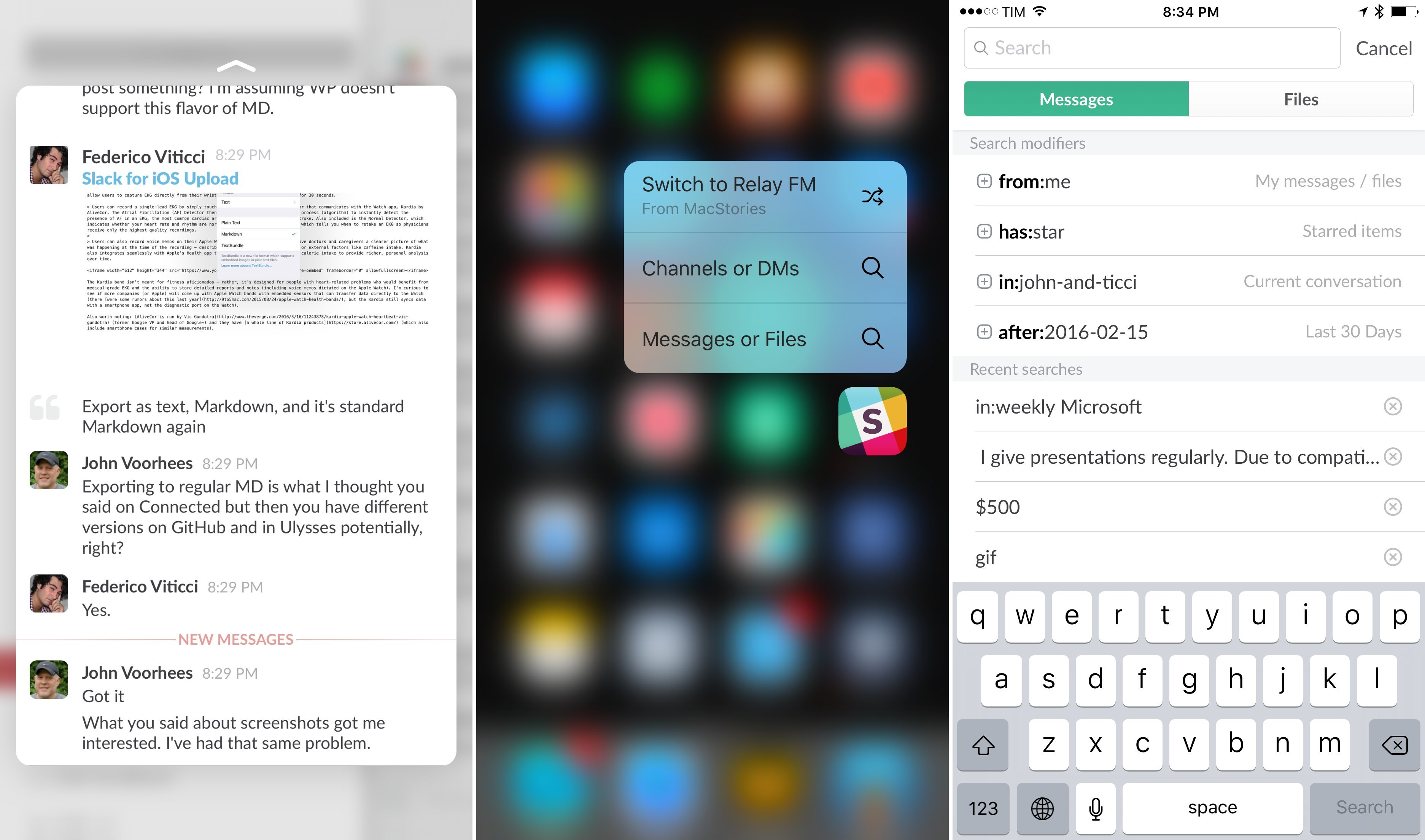Craig Grannell, reporting on a Game Center issue that has been around for the past few months:
When iOS 9 hit beta last summer, I heard concerns from developers about Game Center. Never Apple’s most-loved app, it had seemingly fallen into a state of disrepair. In many cases, people were reporting it outright failed to work.
And:
Additionally, some games freeze on start-up, because developers had quite reasonably expected Game Center would at least be functional. This makes for angry users, who can’t directly contact developers through the App Store and therefore leave bad reviews. Developers are now updating their apps to effectively check whether Game Center is broken, flinging up a dialog box accordingly, and at least allowing players access.
I’ve also come across this problem and heard about it from MacStories readers and game developers. There’s a thread on the TouchArcade forums that is over 50 pages long with hundreds of responses. This is bad for everyone – users and developers – and Apple should fix it soon.





